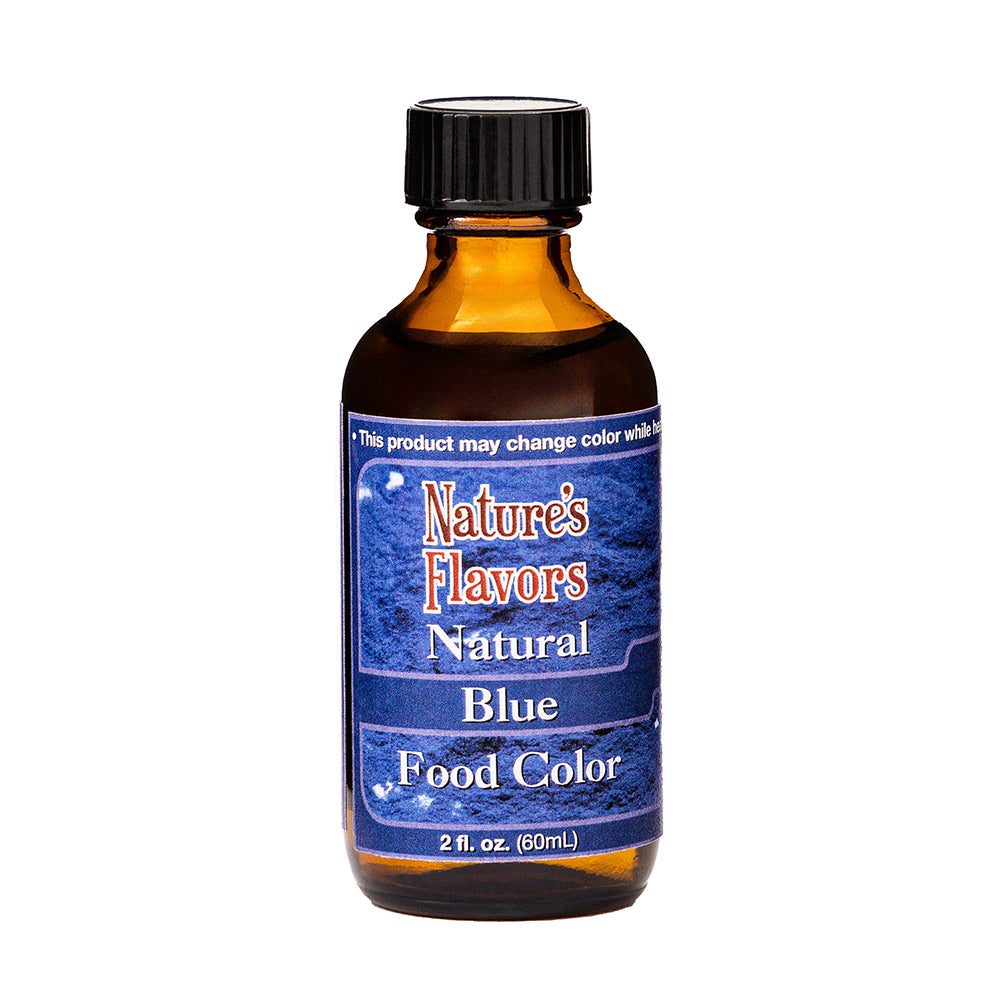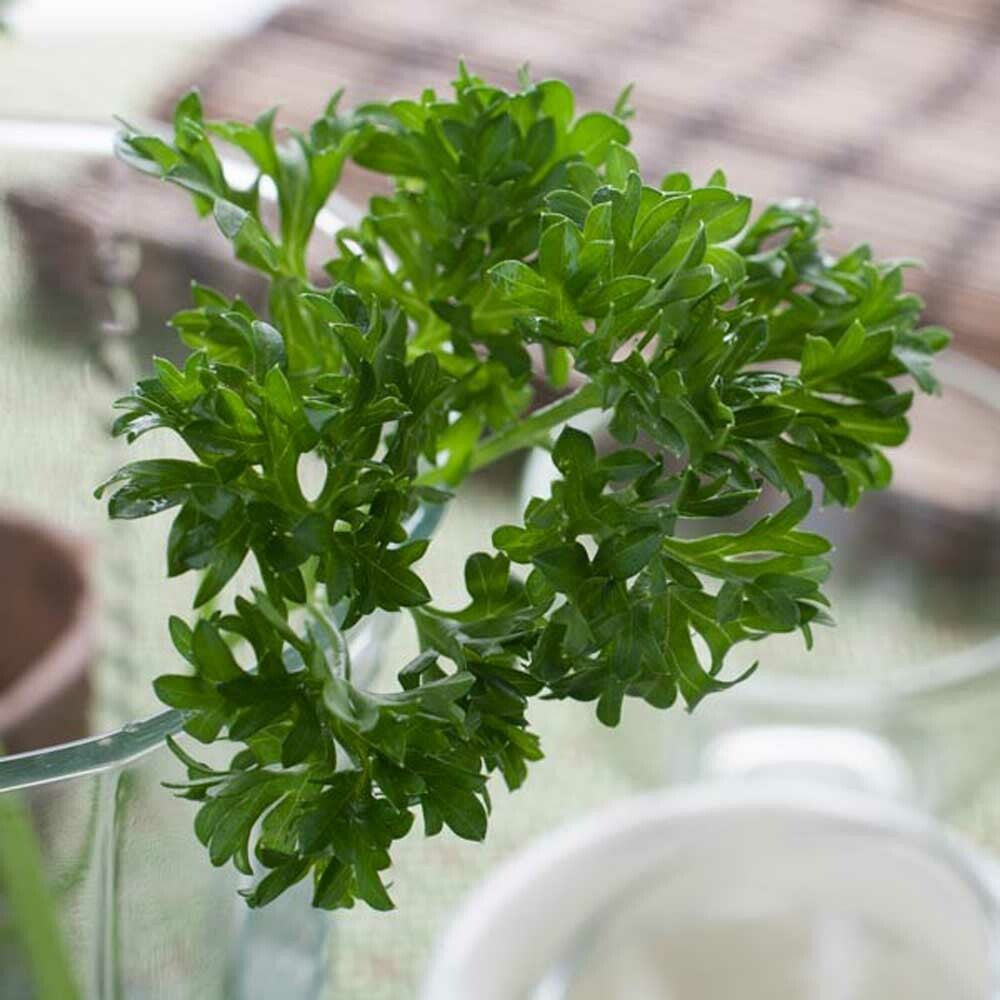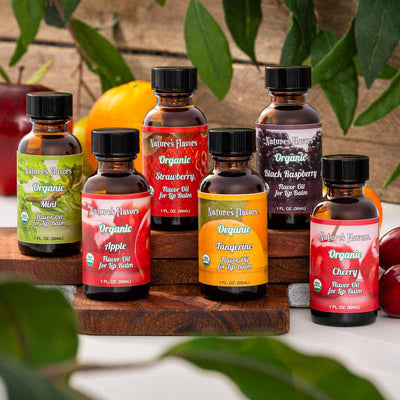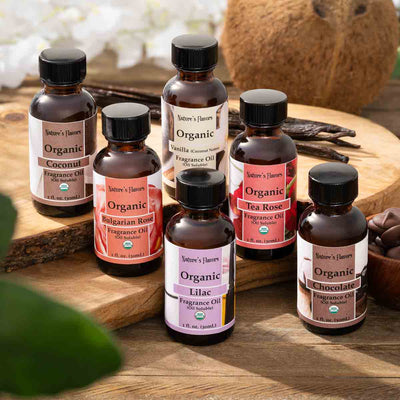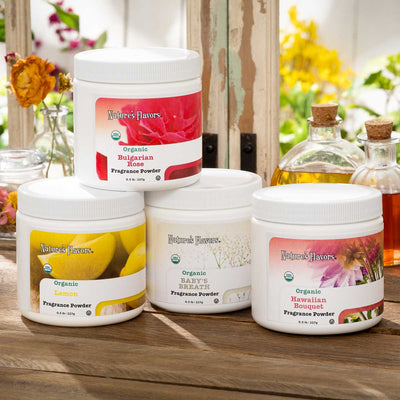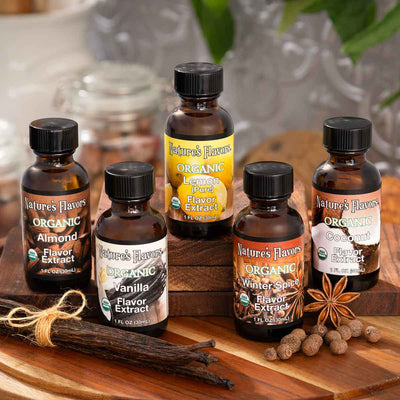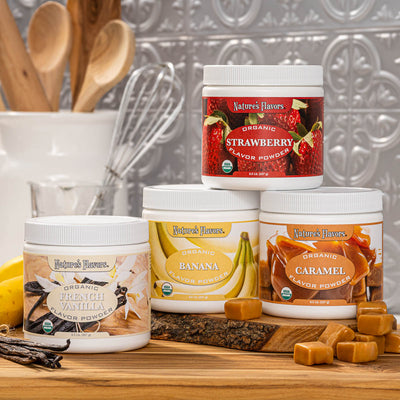Our Parsley Flavor Concentrate is a highly potent and versatile ingredient crafted for culinary professionals and food manufacturers aiming to infuse the fresh, herbaceous taste of parsley into their products. This concentrate encapsulates the essence of parsley, offering a vibrant, slightly peppery flavor profile that is both aromatic and refreshing. It is perfect for applications where the authentic taste of parsley is desired without the need for fresh herbs, providing a consistent and reliable flavor solution.
Applications:Parsley Flavor Concentrate is extensively used in various food applications. It is especially popular in sauces, dressings, and marinades, where its fresh taste can enhance the overall flavor profile. Additionally, it is suitable for use in baked goods, such as herb-infused breads and savory pastries, as well as in beverages like herbal teas and cocktails. This concentrate is also an excellent choice for ready-to-eat meals and soups, providing a burst of flavor that complements a wide range of ingredients.
Benefit:Using Parsley Flavor Concentrate offers several functional and business benefits. It ensures flavor consistency across batches, eliminating the variability that can occur with fresh herbs. This concentrate is cost-efficient, reducing the need for large quantities of fresh parsley and minimizing waste. It also supports clean-label initiatives, as it is made from natural ingredients and does not contain any artificial additives, appealing to health-conscious consumers.
Versatility:The versatility of Parsley Flavor Concentrate allows for a wide range of applications. Its concentrated nature means that only small amounts are needed to achieve the desired flavor intensity, providing flexibility in flavor control and enabling product innovation. Whether used in small-scale artisanal products or large-scale commercial manufacturing, this concentrate adapts to various culinary needs.
Quality Assurance:Our Parsley Flavor Concentrate is manufactured under strict quality control standards to ensure safety and consistency. Each batch undergoes rigorous testing to verify its flavor profile and potency, guaranteeing a high-quality product that meets industry standards. Our production facilities are certified to comply with food safety regulations, providing peace of mind to our customers.
Sustainability:We are committed to environmentally responsible sourcing and manufacturing practices. Our parsley is sourced from sustainable farms that prioritize eco-friendly agricultural methods. The production process is designed to minimize waste and reduce environmental impact, aligning with current trends in sustainable ingredient sourcing.
Storage:To maintain the freshness and potency of Parsley Flavor Concentrate, it should be stored in a cool, dry place away from direct sunlight. Once opened, it is recommended to keep the concentrate tightly sealed and refrigerated to preserve its quality. Proper storage will ensure the product remains effective for an extended period.






